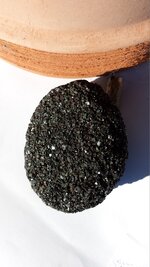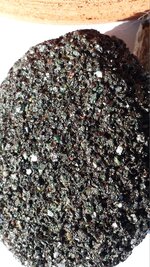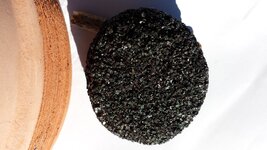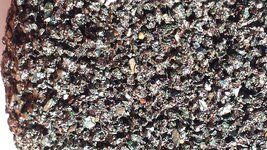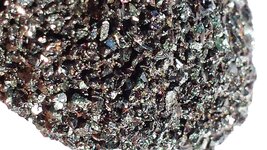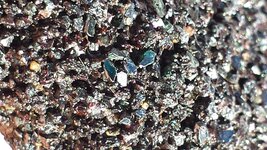WesternMassGold
Full Member
- Dec 20, 2013
- 137
- 251
- Detector(s) used
- Garret super sluice pan,Modified Royal folding sluice w/ Goldhog mats
Grizzly Gold Trap Explorer Sluice,Falcon MD 20 Pinpointer
- Primary Interest:
- Prospecting
Found this unusual rock about 6 inches deep in a gravel bank in Massachusetts. Its about 2 and 1/2 inches long 2 inches wide and 3/4 inches high and has blue , green red and orange crystals in it . Any idea what this could be? Thx.





